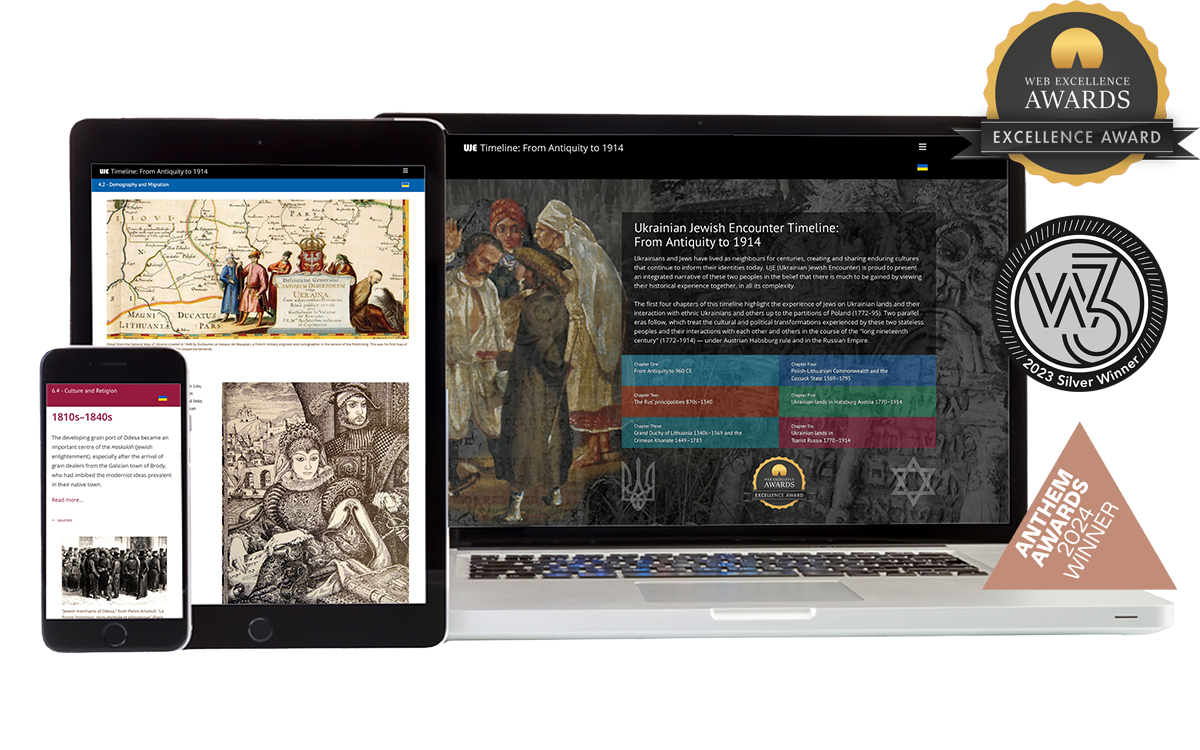Advocating on Behalf of “Refuseniks,” Tolerance, and Secularism: the Brussels Experience
The Secular Jewish Community Center in Brussels [Centre Communautaire Laic Juif—Ed.] has been operating for already more than fifty years. The Center’s work and evolution are interesting not only in the Belgian context. It also provides useful examples for Ukraine.
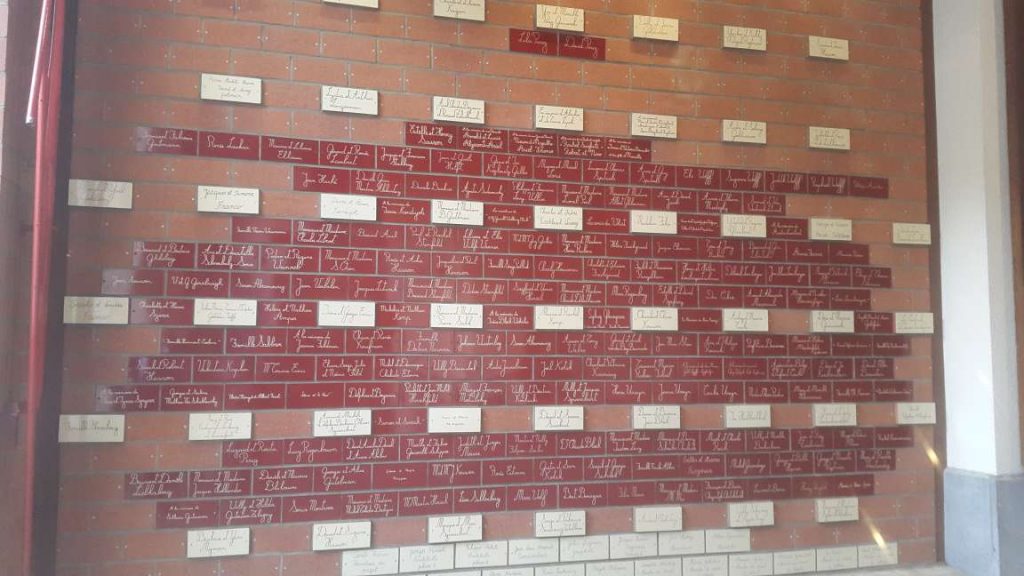
Iryna Slavinska: Today we will visit Belgium, Brussels in particular. The David Susskind Secular Jewish Community Center has operated for a long time and initiates very interesting work to advance an understanding among the communities of the city and the country as a whole, regardless of ethnic or religious origin. This experience reflects the challenges facing the modern world, and can be very interesting in the Ukrainian context.
We start our talk about the history of the creation of the Center and its goals. We hear the voice of Henri Gutman, the president of the Center. Andrii Kulykov reads the Ukrainian translation of the text.
Henri Gutman: We have a position, and all organizations have positions, but our position is not very common. We are the only secular Jewish community center that calls itself secular. There are other secular centers, but the word “secular” is part of our name and our DNA. This is because of our history, which is also a history of young people who survived during the Holocaust. Some of them—those who returned after deportation—are also children who were hidden, and there are young adults who participated in the resistance movements in Belgium and France. These people wanted to restore the community after the war. We should not forget that twenty-five thousand out of sixty thousand Jews were killed. Jews were killed in all European countries, but the institutions were killed as well. Therefore, we must rebuild Jewish life.
Young people who were politically active or politically conscious before the war or who became so during the war after working in the resistance movement meet each other in the same way as friends meet each other. Many of them are orphans, so for them it is also a family. Later comes the decision to create a center where it would be possible to meet. So at the very beginning there was the question of exactly what kind of centre would be created. To present Jewish life in what way? Secular organizations already existed in Belgium before the Second World War. There was nothing new here as Zionist movements were secular movements.
Speaking of secularism today, many young people have lost their faith. For example, two of the founders of the Center—those who contributed a lot of their time and money—in the past were Jews from Antwerp, a very religious city, but after the war they stopped being religious.
Slowly, over the fifty years of its existence, this small center, with its several types of activities and staff volunteers, has become a major center that employs three dozen people. We operate an educational program for youth, a nursery, a number of educational courses, and our own three media outlets. We are the only ones in Brussels who have a Jewish magazine that is published twice a month and radio shows that are published on the website as podcasts.
We function through the donations of our members, who number between six to eight hundred people. We also receive money from the state because we are recognized as a centre that works with youth. We also receive help from the Judaism Foundation that gathered the money of deported Jews who never returned. The Foundation manages funds that were in their bank accounts and insurance policies.
Iryna Slavinska: Let us talk more about the system of charitable contributions. Who is supporting the Center?
Henri Gutman: So, we have three types of membership. Contributions therefore come from three sources. We have activists-fighters, that is, people who share our political position. There are also people who appreciate the work that we organize, and for them we are the one and only community center. Besides, we have clients who contribute because they receive a discount when participating in the events that we organize. The contributions of these people make up the smallest portion of all the donations. We have more benefactors than in the past, but they make smaller donations because they are poorer and less generous.
Iryna Slavinska: We continue our talk about the educational program of the Center, which, by the way, has a lot in common with the tolerance camps in Ukraine and new projects for migrant adaptation.
Henri Gutman: Fifteen years ago we realized that teachers in primary and secondary schools had very little training to talk about discrimination and prejudice. So we created a program called “Hatred—I say no!” In this program we have three teachers who visit elementary schools and talk with students using an active methodology. For example, this may involve different funny games that expose and condemn prejudice and stereotypes about the “good Belgians,” those who allegedly appeared to be one-on-one with migrants. Most of the migrants are Muslims, but at least thirty different nationalities live in Brussels. There are also stereotypes about the “non-Belgians” or “new Belgians” that exist in the context of discussions about what Belgium is.
We also have a program for high school, and it is dedicated to three major genocides: the Armenian Genocide, the Holocaust, and the genocide of the Tutsis in Rwanda, a former Belgian colony. The objective of the course is to show that the denial of the existence of the “Other” and a paroxysm of hate leads to the destruction of entire nations.
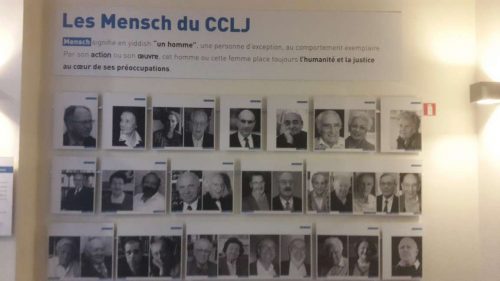
Iryna Slavinska: At what age can this be used?
Henri Gutman: It is intended for those from the age of fifteen to eighteen. As a component of this course we do not only visit a school to talk to children, but also organize visits to our Community Center where teenagers spend the entire day. Together we watch films with eyewitness accounts of genocide, for example by elderly Jews who survived the Holocaust or the Tutsi who now live in Belgium.
The rest of the day during this visit is dedicated to working in workshops where we, together with young people, attempt to figure out what it means to be “different.” For example, we discuss homosexuality, and gays and lesbians come to share their experiences. We talk a lot about fantasies and fears, for example, and the willingness or unwillingness to fall in love or get married to a person of another nationality or another religion. These are very real challenges today.
These visits for many children become an opportunity to create a Jewish identity, and to think about what it means to be one of the few Jews in modern Belgium. For children, the meeting with our teachers at the Center is also an opportunity to ask: “Are you a Jew?” To put this in context, we must understand that the word “Jew” was quite often used to offend someone.
Iryna Slavinska: Even today?
Henri Gutman: Especially today. This is the problem of banal antisemitism. Antisemitism was also prevalent prior to the Second World War and had its origins in the Christian environment. Today we are dealing with Muslim antisemitism. This is not a new phenomenon, but the problems in the Middle East intensified this phenomenon. We know that in schools during the breaks you can hear the word “Jew” used as an insult. It is used even when there are no Jews among a group of children and adolescents. The image of the Jew is very deformed. That is why we try to deconstruct antisemitic stereotypes.
Iryna Slavinska: Is this bias transformed into aggression?
Henri Gutman: Of course. There are cases of agression. There are rare cases of physical aggression, and they are mainly related to the crisis in relations between Israel and Palestine. The three wars in Gaza became the basis for demonstrations and cases of aggression. Brussels and Antwerp are two Belgian cities with large Jewish communities, and for Jews it is relatively difficult to be visible in some public places. I mean wearing the kippah or the Star of David on their clothes or as a piece of jewellery. We therefore recommend children not to stand out too much in public transport.
This phenomenon is quite recent. It started about a decade ago. I never would have thought that seventy years after the Holocaust Jews would have to hide.
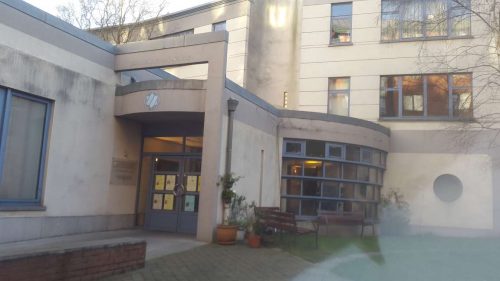
Iryna Slavinska: The motto of the Center is: “If I am not for myself—then who is there for me? If I am only for myself—then who am I? If not now—then when?” I ask Henri Gutman to explain the meaning of this motto within the work of the Centre.
Henri Gutman: This is the saying of the sage Hillel in the rabbinic tractate “Pirke Avot” and it is written at our entrance. We repeat this phrase often, but we also apply it in practice. We interpret it on a personal level and at the institutional level.
The first part of the sentence is a statement of the right to identity. This Community Center has as its mission the preservation and transmission of Judaism—secular Judaism. That is why we are developing activities that would operate outside the school or synagogue. Here you can find community, education, the exchange of ideas, and dialogue.
The second part of the phrase is about the life of a citizen. We do not live only for ourselves. We are a part of city life, a part of the political life in Belgium. All the problems of society are ours. We are interested in them. Speaking of Israel, our position is Zionism, but we pay attention to the Other—our neighbors the Palestinians—and we also support the creation of a Palestinian state, two countries for two nations. For example, the first official meeting between representatives of Israel and Palestine occurred during the 1970s-80s here, in our Center. Similarly, there was a major official conference “Give Peace a Chance” where discussions culminated in the adoption of the Oslo I Accord.
The third part of the phrase is a call for action. It is necessary to transform ideology and opinion, to enlist them to political action in everyday life. We also try to do this.
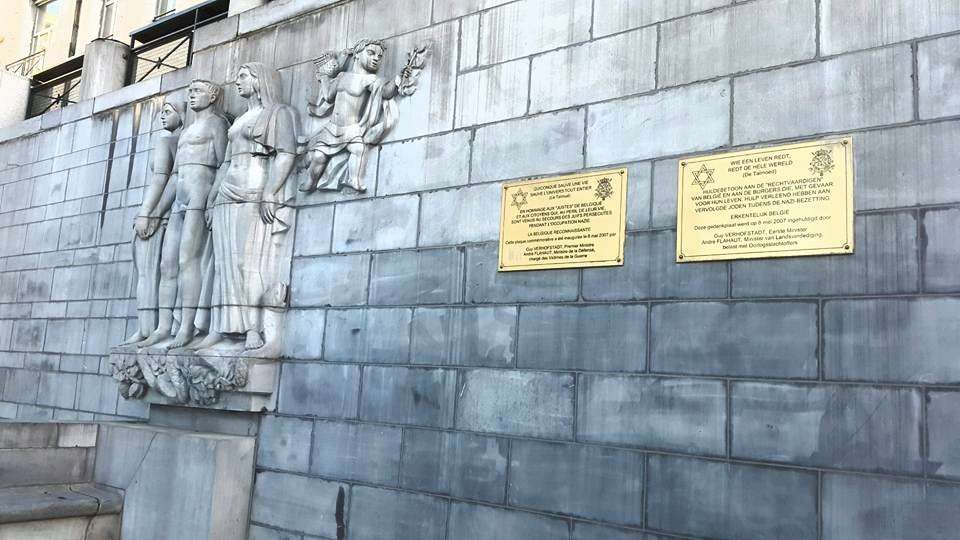
Iryna Slavinska: I then ask Henri Gutman to talk more about the idea of the Center’s secularism that he had emphasized before.
Henri Gutman: Secularism of course, as a concept and term, was not invented by Jews. This is a Western European creation that was born in Christianity. Remember the phrase “Render unto Caesar the things that are Caesar’s, and unto God the things that are God’s,” which referred to the separation of government and the administration of church authority.
This problem did not exist for a long time in the Jewish world because of the fact that for nearly two thousand years the Jewish community was defined by religion, that is, by the synagogue as a place and an institution, and the leadership of the rabbis who had knowledge and power. During the Enlightenment, which started in France, freethinking was allowed. New movements for the renewal of Judaism were created. For example, as you know, it happened in Germany at that time. The Zionist movement argued that Judaism has not only a religious but also a national dimension. Jews are people, and people can exist with or without religion. Even in the Bible we read the story of the nation, the tribe who encountered God and received the Torah or, perhaps, the nation gave the Torah to themselves.
In Europe in the early twentieth century the Zionist movement joined a strong Jewish political life outside of religion. For us, to be a Jew and to be secular means transforming the entire Jewish culture. Parts of this culture are books and the Books, all the celebrations and rituals, but they are not necessarily subject to the authority of the rabbis, and they are not necessarily a part of synagogues as institutions.
We have a very simple rule: the Jew is a person who calls himself a Jew. We do not have to judge why and how.
From the practical point of view, our secularism means that we do not observe the Sabbath, so the Center is open on Friday evening and Saturday. We also do not observe kashrus [Jewish religious dietary laws—Ed.].
Iryna Slavinska: The work of the Center is connected with the former countries of the Soviet Union. I mean mostly with the “refuseniks,” those people deprived of the right to emigrate.
Henri Gutman: Two big conferences for the release of Soviet Jews happened in our Center. We demanded freedom for the Jews of the USSR, which included providing opportunities to leave for Israel if they had such a desire. Brussels was then chosen as the starting point of the movement. It could not start in the U.S. because it was not trusted by the USSR during the Cold War. This could also not begin in Israel, because at that time in the Soviet Union it would be branded as “Zionist.”
I personally meet and have always met Jews from Eastern Europe. I, along with a girlfriend, who later became my wife, went to the Soviet Union in the 1970s on behalf of “refuseniks.” I was one of hundreds of young Jews from around the world that contributed to that work.
This program is created with the support of the Canadian philanthropic fund Ukrainian Jewish Encounter.
Originally appeared in Ukrainian (podcast) here.






